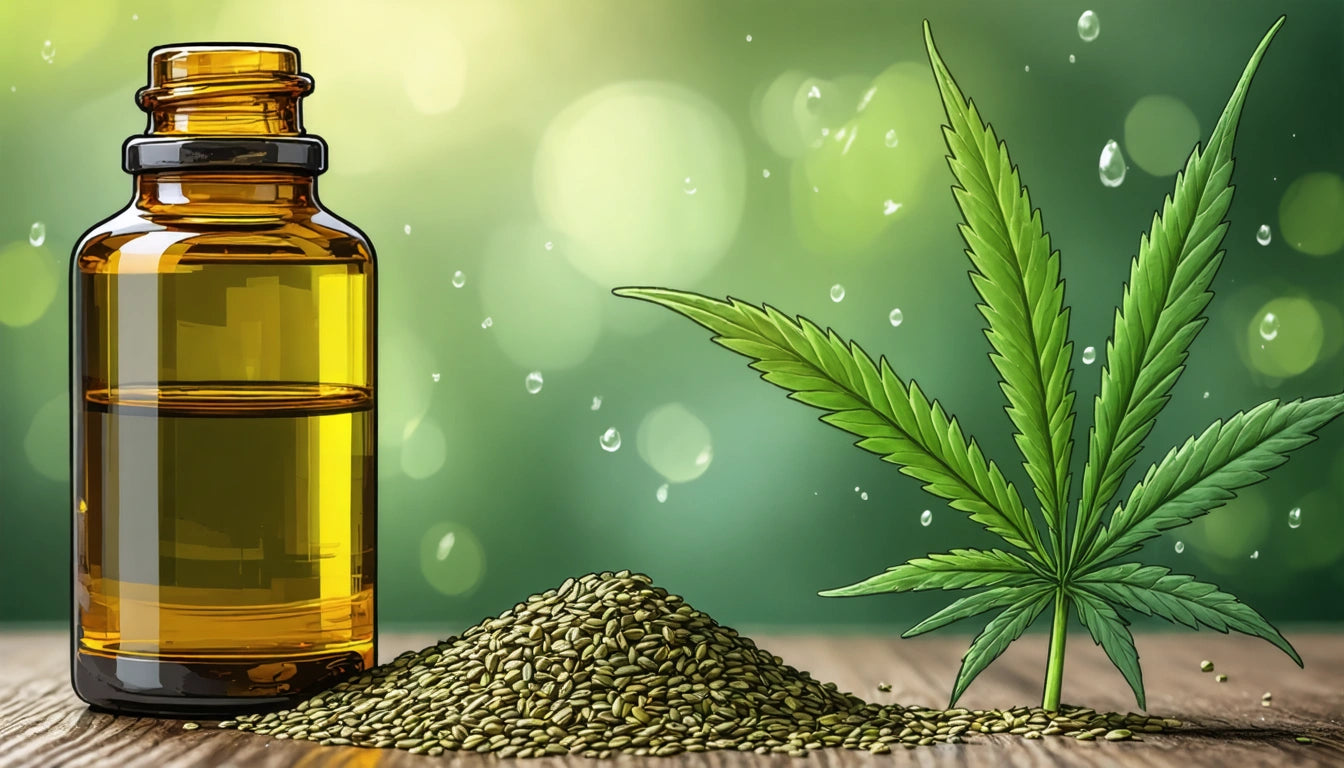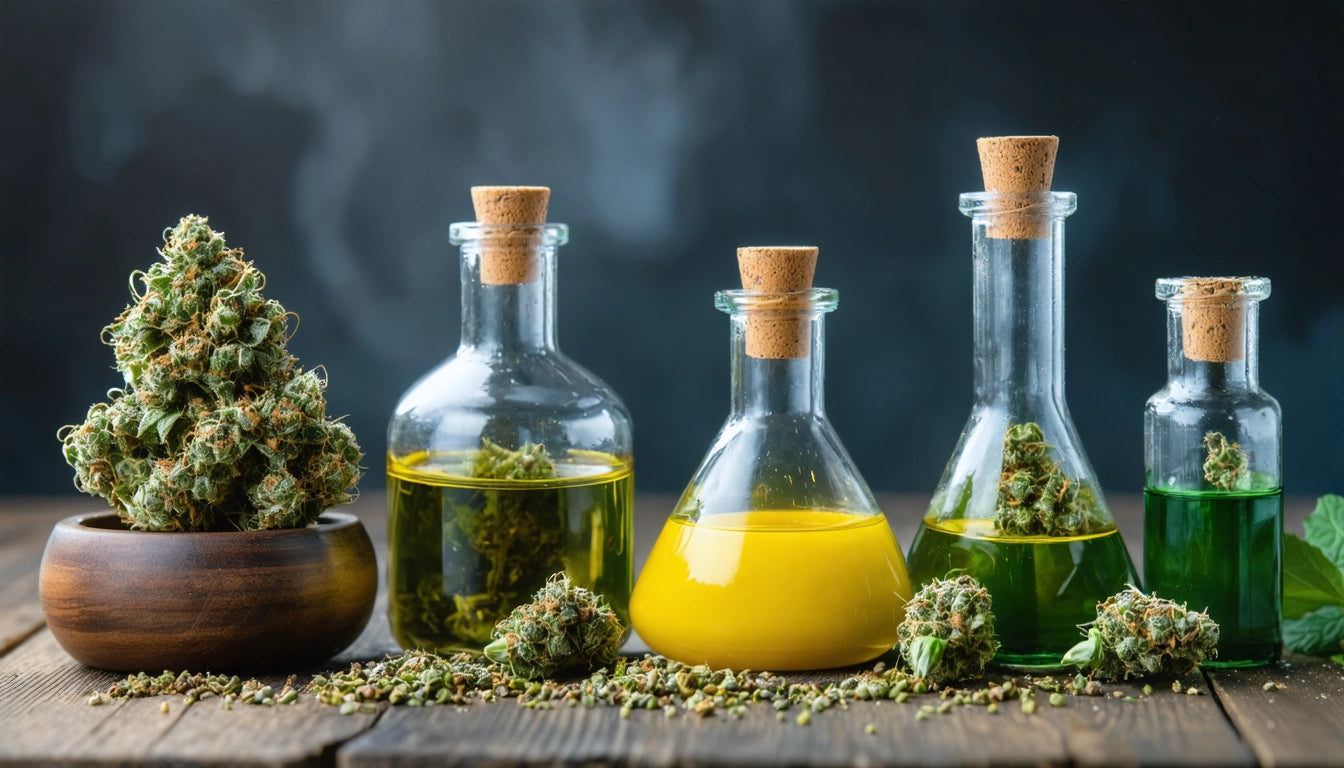Table of Contents
Understanding Weight Conversions: Grams, Ounces, and Pounds Explained
Weight conversions play a crucial role in many industries, from cooking to pharmaceuticals to cannabis. Understanding how grams relate to ounces and pounds helps ensure accurate measurements for both personal and professional use. This guide breaks down these common weight units and their conversions in simple, practical terms.
Understanding Gram Basics: What Exactly Is a Gram?
A gram is a metric unit of mass in the International System of Units (SI). But how much does a gram weigh in practical terms? One gram equals 0.001 kilograms or 0.035 ounces. While this might sound abstract, understanding gram conversions becomes easier with everyday examples.
The gram was originally defined as the absolute weight of a volume of pure water equal to one cubic centimeter at 4 °C. Today, it's defined by international prototype standards, but the practical understanding remains the same: it's a relatively small unit of weight used for measuring lightweight items.
Everyday Gram Examples: What Weighs About a Gram?
When wondering what weighs about a gram, several common items provide helpful reference points:
- A standard paperclip weighs approximately one gram
- A U.S. dollar bill weighs about one gram
- A regular sugar packet weighs about 3-4 grams
- A standard business card weighs about one gram
- Five regular M&M candies weigh approximately one gram
These examples help visualize gram measurements in everyday life. For items that weigh two grams, think of two paperclips or approximately 10 M&M candies.
Grams to Ounces: Understanding the Conversion
When comparing which is more, an ounce or a gram, the answer is clear: an ounce is significantly heavier. But by how much?
1 ounce = 28.35 grams
This means that a single ounce weighs nearly 30 times more than a gram. Conversely, if you're wondering how much 1 gram weighs in ounces, the conversion is:
1 gram = 0.035 ounces
This conversion is particularly important in the cannabis industry, where products are commonly sold in both gram and ounce measurements. For example, understanding the cost and weight of a gram helps consumers make informed purchasing decisions.
Common Fractional Ounce to Gram Conversions
For those wondering how much does a half of a gram weigh or other fractional measurements:
- 1/8 ounce (an "eighth") = 3.54 grams
- 1/4 ounce (a "quarter") = 7.09 grams
- 1/2 ounce (a "half") = 14.17 grams
- 3/4 ounce ("three quarters") = 21.26 grams
These conversions are particularly useful when working with smaller quantities in cooking, cannabis dispensing, or other precision applications.
Grams to Pounds: How Many Grams in a Pound?
For larger quantities, understanding how much gram is a pound becomes essential. The conversion is:
1 pound = 453.59 grams
This means there are approximately 453.59 grams in a pound. For cannabis industry professionals, knowing how many grams are in a pound of cannabis is crucial for inventory management and sales.
Similarly, a quarter pound equals approximately 113.4 grams. Understanding quarter pound conversions helps bridge the gap between smaller gram measurements and larger pound quantities.
Practical Applications of Weight Conversions in Cannabis
In the cannabis industry, weight conversions between grams, ounces, and pounds are used daily. From cultivation to retail, accurate measurements ensure consistency, compliance, and customer satisfaction.
Proper storage is equally important for maintaining product weight and quality. Many professionals use humidity control solutions like Boost packs to preserve the weight and integrity of cannabis products by maintaining optimal moisture levels, preventing both drying out (weight loss) and mold growth.
For visual reference, understanding what one gram looks like helps both consumers and retailers ensure they're getting the correct amount of product.
Weighing Tools and Best Practices for Accuracy
Accurate weighing requires the right tools. For gram-level precision, digital scales with 0.01g or 0.1g readability are recommended. When weighing ounces or pounds, scales with higher capacity but potentially lower precision may be more appropriate.
Best practices for accurate weighing include:
- Calibrate scales regularly using known weights
- Place scales on flat, stable surfaces
- Avoid air currents that may affect readings
- Use containers or trays and account for their weight (tare function)
- Consider environmental factors like humidity that may affect weight
For those regularly working with small weights, visualizing and understanding gram measurements becomes second nature with practice.
Weight Conversion Applications Beyond Cannabis
Understanding weight conversions extends beyond cannabis to many other industries and everyday applications. In cooking, recipes often specify ingredients in grams for precision. In pharmaceuticals, medications are dosed in milligrams (1/1000 of a gram). In shipping and postage, weights determine costs and handling requirements.
By mastering these basic conversions between grams, ounces, and pounds, you gain practical knowledge applicable across numerous contexts, ensuring accuracy whether you're measuring ingredients, products, or materials for personal or professional use.











Leave a comment
All comments are moderated before being published.
This site is protected by hCaptcha and the hCaptcha Privacy Policy and Terms of Service apply.